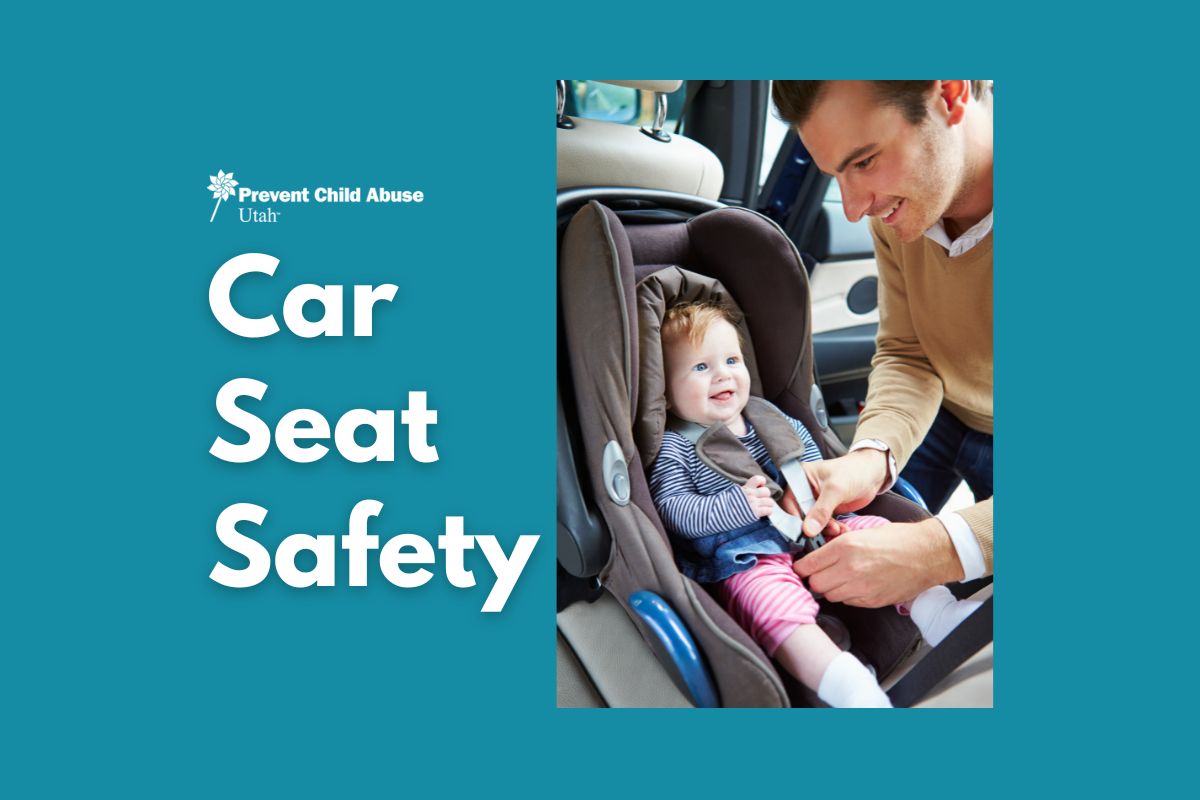
Remember riding on your dad’s lap while running to the store? Do you have memories of sitting on the arm rest of Grandma’s old Cutlass while driving to a special birthday lunch? There is probably about a 50/50 chance you can answer yes to these questions, and for the rest of you who’s eyes popped out of their heads? Yes, these used to be a standard daily practice on the roads until child car seats became a
lawful safety requirement. Let’s talk about child car seat safety!
Safety Rules
Always:
- Select a seat that fits your vehicle
- Use a car seat designed for your child’s age and size
- Check to see if your seat has been recalled
- Keep kids in seats until they are over 57 inches tall
- Keep kids in the backseat until they are at least 13
- Be sure that the seat moves no more than one-inch from side to side and forward to back.
- Try to attend a car seat installation class, or schedule a time to have your car seat inspected that it is installed correctly
- Use cation with used seats and have them inspected
Never:
- Use a car seat that is expired (it is stamped into the seat)
- Use a seat that is more than 6 years old
- Use a seat that was involved in a crash or is in bad shape
According to the NHTSA (National Highway and Traffic Safety Administration) “Car seats and boosters
provide protection for infants and children in a crash, yet car crashes are a leading cause of death for
children ages 1 to 13.” That’s why it’s so important to choose and use the right car seat correctly every
time your child is in the car.
Rear Facing:
Rear facing seats are optimal for younger children. In the event of an accident the child is
harnessed, this secures the child and reduces the stress to the child’s neck and spinal cord. The following are the types of rear facing car seats:
- Infant Car Seat (always rear-facing): These are designed for smaller babies and newborns, they are small and portable. These are short lived and typically are outgrown within the first year
- Convertible Seat: This is the best second step following the infant seat. It can be switched from forward-facing to rear-facing and can be used by children of various sizes. This allows the seat to be used longer in a rear facing position and is also secured with a harness and tether.
- All in One Seat: These seats can alternate between rear-facing and forward-facing. They too are secured with a harness and tether; however, they can be used as a booster seat as the child grows. Similarly, with the Convertible Seat, All in One Seats can be used with children of various sizes, which allows for the seat to be used in the rear-facing position longer.
Forward Facing Car Seat
These seats use a harness and tether and limits children’s movement during an accident. The types are:
- Convertible Seat: This seat can change from rear-facing to forward-facing
- Combination Seat: This can seat transitions a forward-facing seat into a booster as the child gets bigger
- All-in-one Seat: This seat transitions from a rear-facing seat to a forward-facing seat, and into a booster seat as the child grows.
Booster Seats
Booster seats raise the child, so the vehicles seat belt can fit properly over their body,
which is considered the hips and across the chest.
- Booster Seat with a High Back: These are best used in vehicles that do not have headrests or high backs. Aside from boosting the child to better fit the seatbelt, they also provide neck and head support.
- Backless Booster Seat: These seats do not provide head and neck support and are better used in vehicles with high backs and /or headrests.
- Combination Seat: Combination seats transition to a forward-facing booster with a harness as the child grows
- All-in-one Seat: Change from a rear-facing seat to a forward-facing seat (with a harness and tether) and to a booster seat as a child grows
Choosing a Car Seat
The best way to select a safe car seat is to follow the recommendations from the USDOT/NHTSA. They are:
- 0-3 Years = Rear-Facing Car Seat
- 1-7 Years = Forward-Facing Car Seat
- 4-12 Years = Booster
- 8-13 = Belt
Even though these age groups have some overlap, remember that it’s safest to keep your child in a rear-facing car seat for as long as possible. Infants and children under the age of one should ALWAYS ride in rear-facing seats. Pay attention to the manufacturer recommendations on height and weight. Once children outgrow the requirements, move them to an appropriate sized car seat. Finally, have your car seat and/or car seat installation inspected. Most County health departments, fire departments, and hospitals have free inspections available – there may even be one at your doctor’s office/clinic. If you are unsure or simply want to double-check your hard work, schedule a time to have it looked at by a professional.
One last thing, our Parents as Teachers Program offers car seat inspections to parents for free. To enroll in the program click here.
